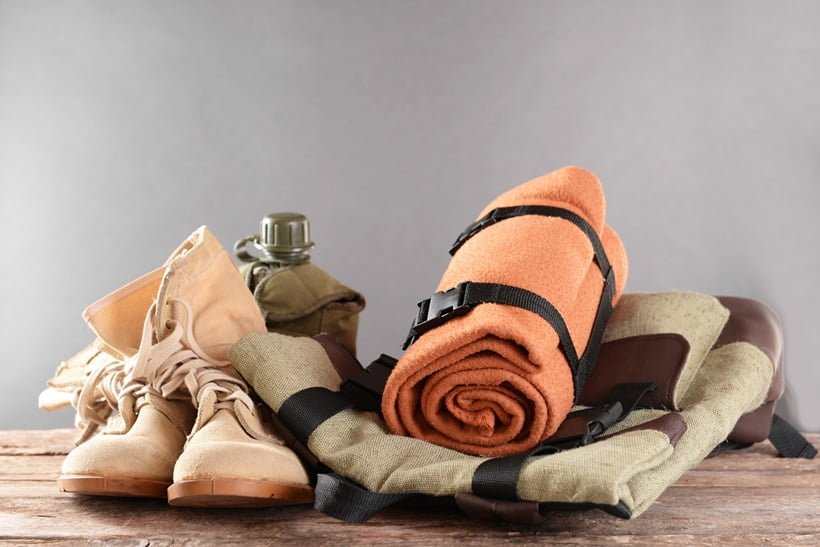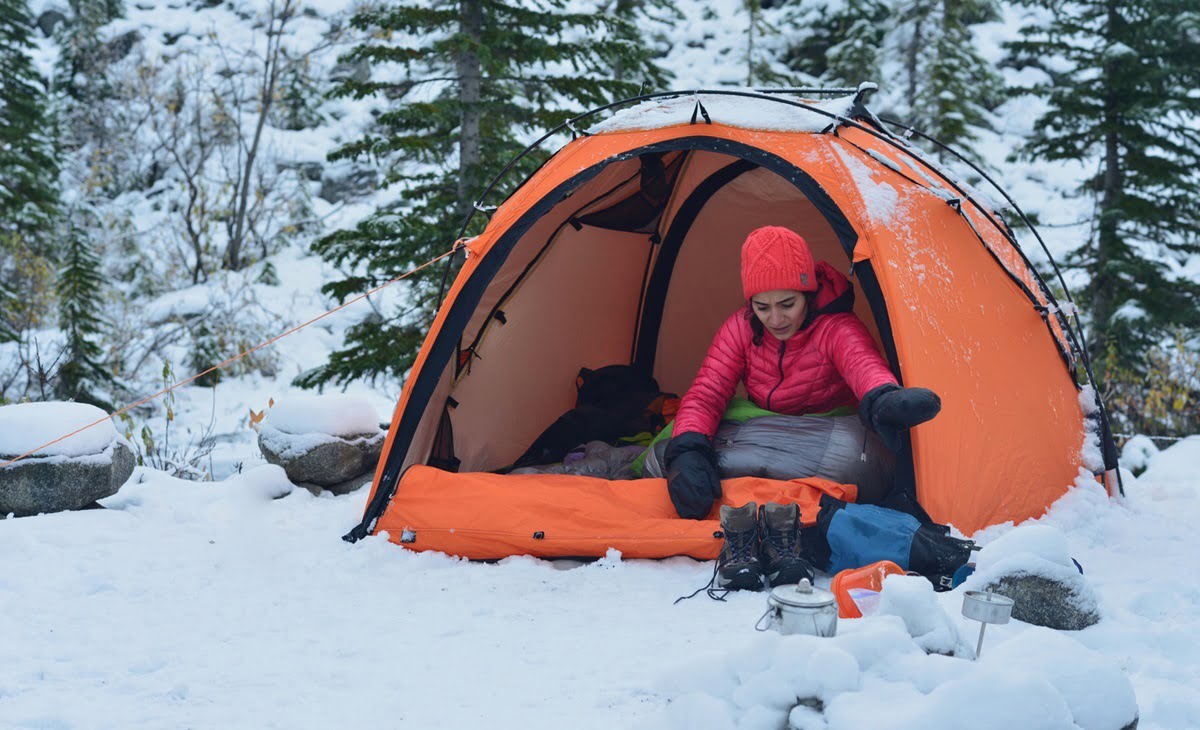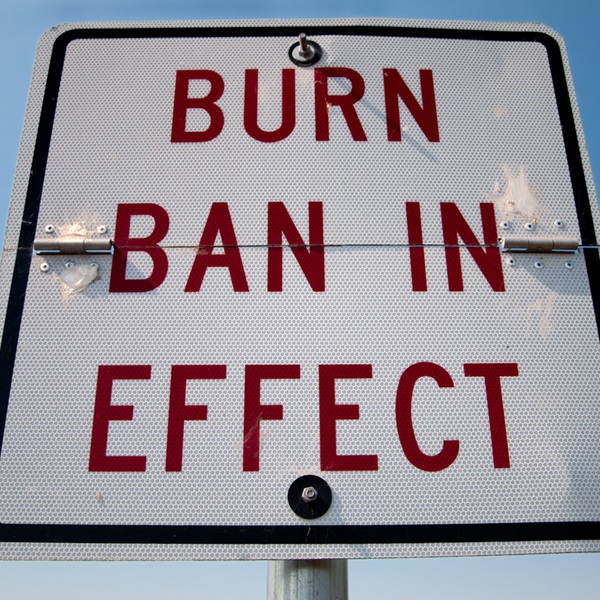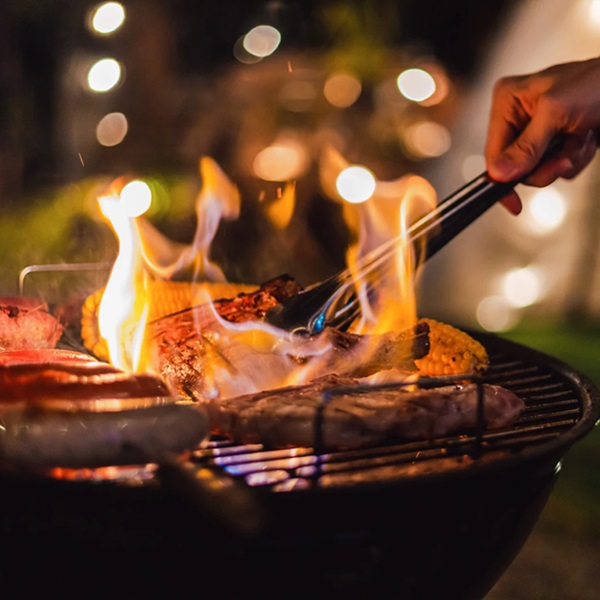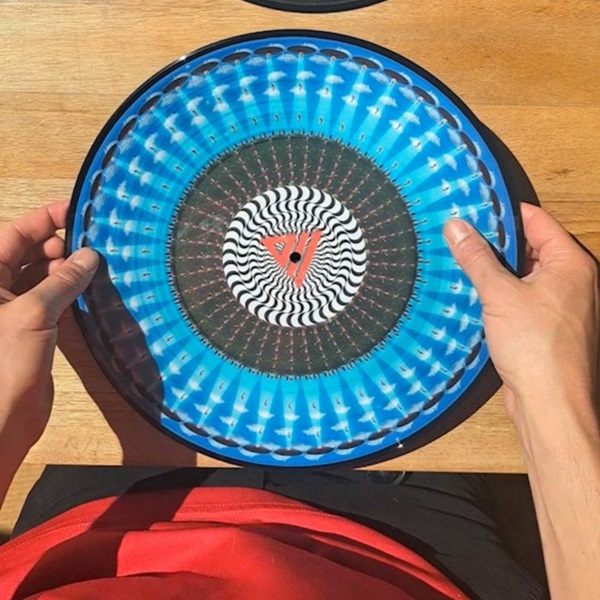
Outdoor enthusiasts fall in love with the idea of winter camping in a tent. Because, the whole trip consists of rewards as well as challenges. If you are looking for an adventure that involves both lots of fun and discovering, winter camping can be a unique experience opportunity for you.
Even though there are many challenges, like cold weather, it is important to prepare yourself for these challenges. If you are a first-time winter camp candidate, you had better check out our detailed guide.
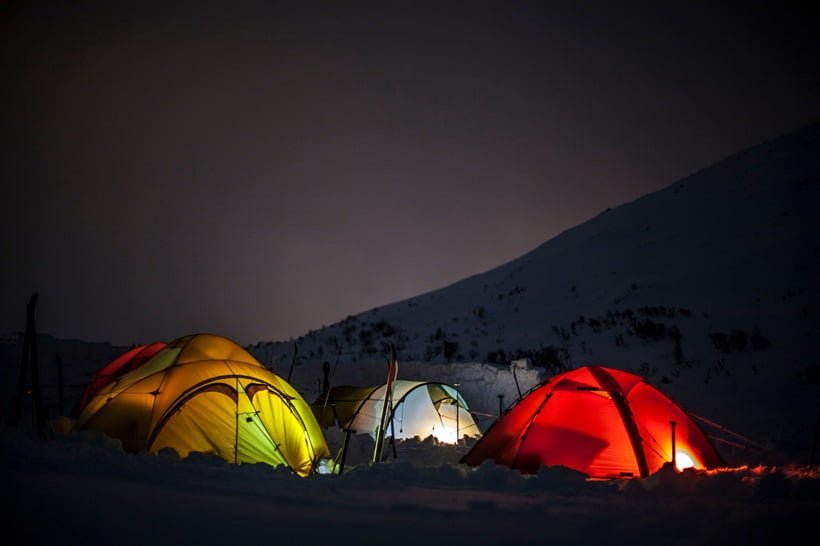
Choosing the Best Tent for Winter Camping
If you go for winter camping tents, you will ensure that you will have a warm, safe, and enjoyable experience. If you are a beginner, you may be surprised to hear that tents for winter camping differ from the regular ones. But let us not lose more time and check key factors to consider when preparing for winter tent camping.
- A winter tent should be robust enough to endure heavy snowfall, strong winds, and freezing temperatures. Look for tents made with high-quality, durable materials and reinforced stress points.
- You should choose double-walled winter camping tents, which include a breathable inner tent and a waterproof outer fly.
- Tents with adjustable vents that allow for airflow without letting in snow or cold air can be a good option for winter camps. Because adequate ventilation ensures a dry and comfortable sleeping environment, it reduces the risk of damp gear and clothing.
- The ability to set up your tent quickly and efficiently is vital in cold weather, where exposure to the elements can lead to rapid heat loss.

Dressing
Staying warm winter camping is the cornerstone of comfort and safety. The first step to keep warm winter camping is to dress in layers. This technique allows for easy adjustment based on activity level and weather changes.
You can try wearing three- layers:
- a base layer that wicks moisture away from your body,
- a middle layer that insulates and retains heat,
- an outer layer that blocks wind and water.
In addition, you should accessorize yourself with waterproof gloves, a warm hat, and thermal socks to protect yourself from extremities.

Sleeping Pads and Bags
The idea of camping in the winter in a tent feels cold. But you can ensure keeping yourself warm with winter camping sleeping bags and pads. Some of the criteria for choosing a winter camping sleeping pad and bag are as follows:
- Look for pads with a high R-value, which measures thermal resistance. The R values should be higher than 4.
- Durable materials that can withstand cold temperatures without cracking or becoming brittle are essential. Thickness also plays a role in insulation and comfort; thicker pads generally offer better insulation and a more comfortable sleeping surface.
- Select a sleeping bag with a temperature rating at least 10–15 degrees lower than the coldest temperature you expect to encounter.
- Mummy-shaped sleeping bags are more efficient at retaining heat than rectangular ones, as they minimize air space around your body.
- Opt for sleeping bags with features like draft collars, insulated hoods, and zipper draft tubes, which help to seal in warmth and block out cold air.
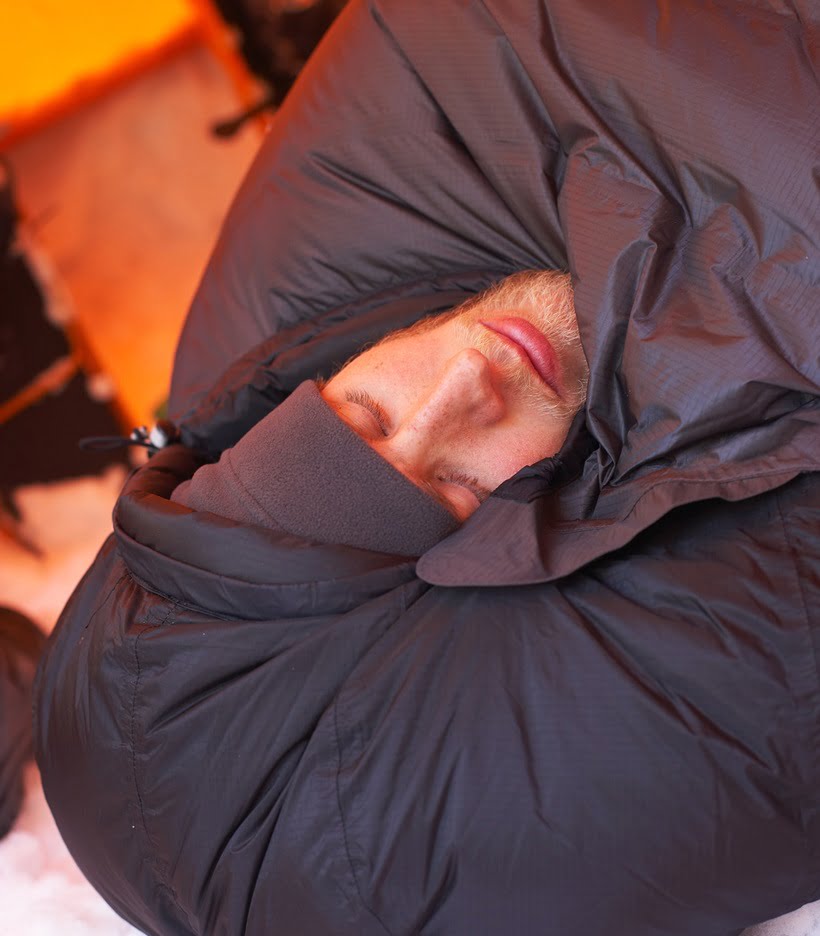
The Best Winter Camping Boots
The right winter camp boots keep you warm, dry, and comfortable during your winter camping vacation. As every little detail affects the whole experience, you try to choose the right camper winter boots. Some of the criteria you should consider are below:
- Look for boots with adequate insulation, typically measured in grams. The higher the gram rating, the warmer the boot. For most winter camping scenarios, boots with 200 to 400 grams of insulation are sufficient, but for extremely cold conditions, you should look for boots with up to 800 grams of insulation.
- A waterproof boot is a must for winter camping to protect against snow, slush, and potential water crossings. Materials like Gore-Tex or other waterproof membranes are effective at keeping water out while allowing sweat to escape.
- A breathable boot will help to maintain a comfortable microclimate for your feet, reducing the risk of dampness, which can lead to cold feet.
- Choose boots with a deep, aggressive tread pattern and rubber compounds designed to remain flexible in cold temperatures, providing grip on snow and ice.
- Boots should be snug enough to keep your feet and ankles secure without restricting circulation, which is vital for keeping your feet warm.
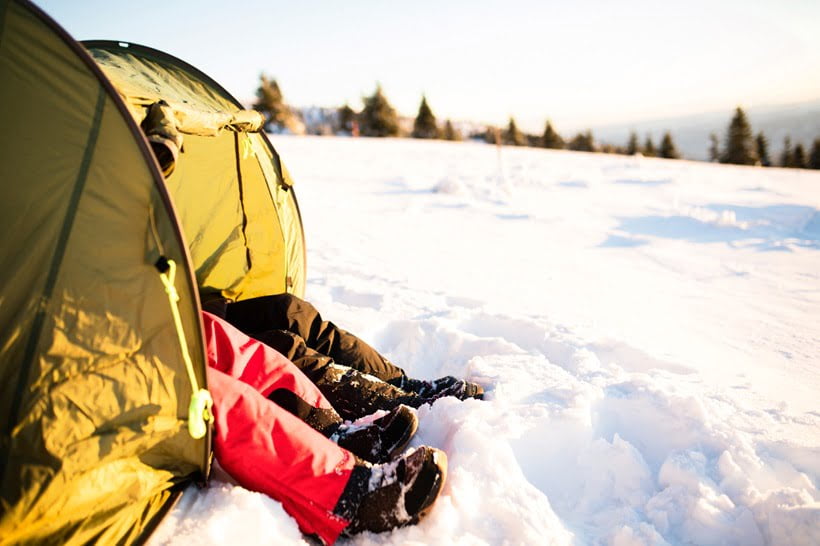
Hot Water Bottle
It is difficult to know exactly how to stay warm camping in a tent on cold days. One of the easy, safe, and good solutions is to place a hot water bottle near the core area. When you place a safe and heavy-duty rubber bottle near your core, you can get warm quicker when compared to placing the bottle at the foot of the sleeping bag.
The right water bottle can be the best camping gear you take with you while preparing for camp.
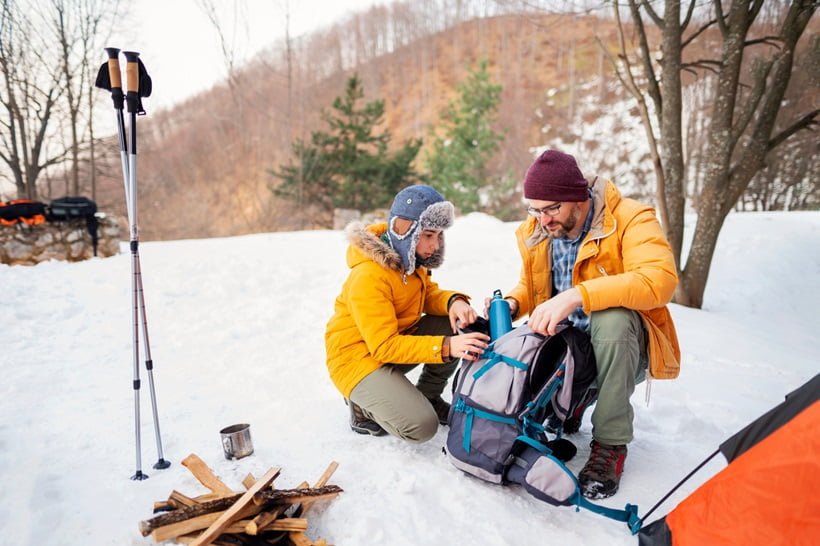
Technology
Technology has been evolving. So does winter camping. If you are looking for winter camping gear, heated gear such as gloves, heated boots, or hand warmers should definitely be in your backpack.
Incorporating hand warmers, heated gloves, and heated boots into your camping gear enhances comfort and safety. These warming solutions help maintain body heat, which is crucial for preventing hypothermia and frostbite.

Ultralight Winter Camping Gear List
Winter camping in a tent is a challenging but beautiful experience. There are many things to consider, such as how to stay warm in a tent camping, what to buy, and what to pack. In addition, winter equipment can be expensive when compared to other seasons. Therefore, you can rent winter camping gear at local stores or on the internet.
To keep on a budget and carry less weight, you can check out our ultralight winter camping gear list as well:
- Four-season tent
- A lightweight winter sleeping bag
- Compact Stove System
- Energy-dense foods
- LED lamp with extra batteries
- Insulated water bottle
